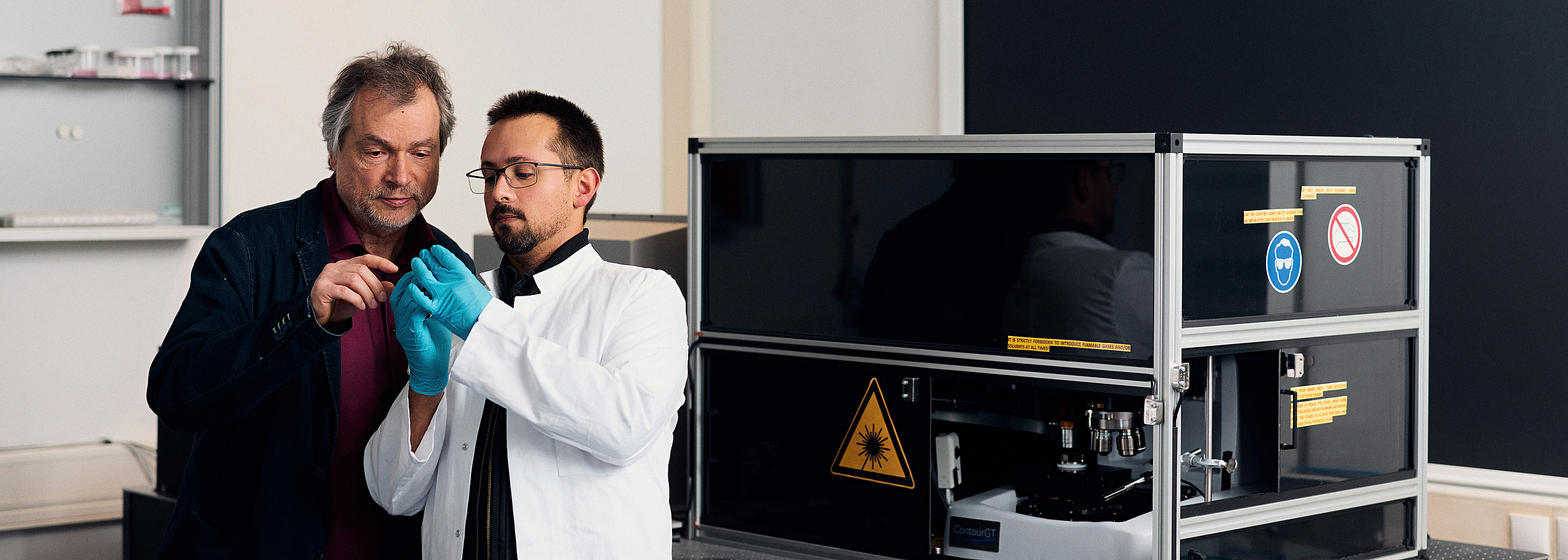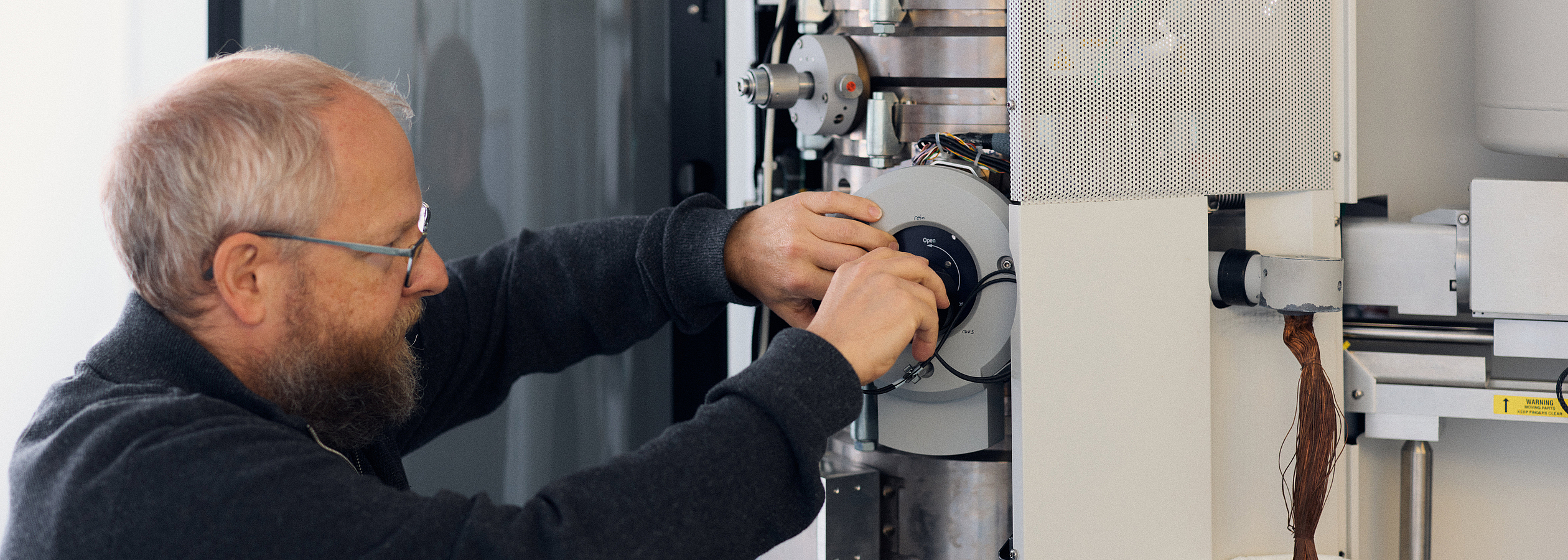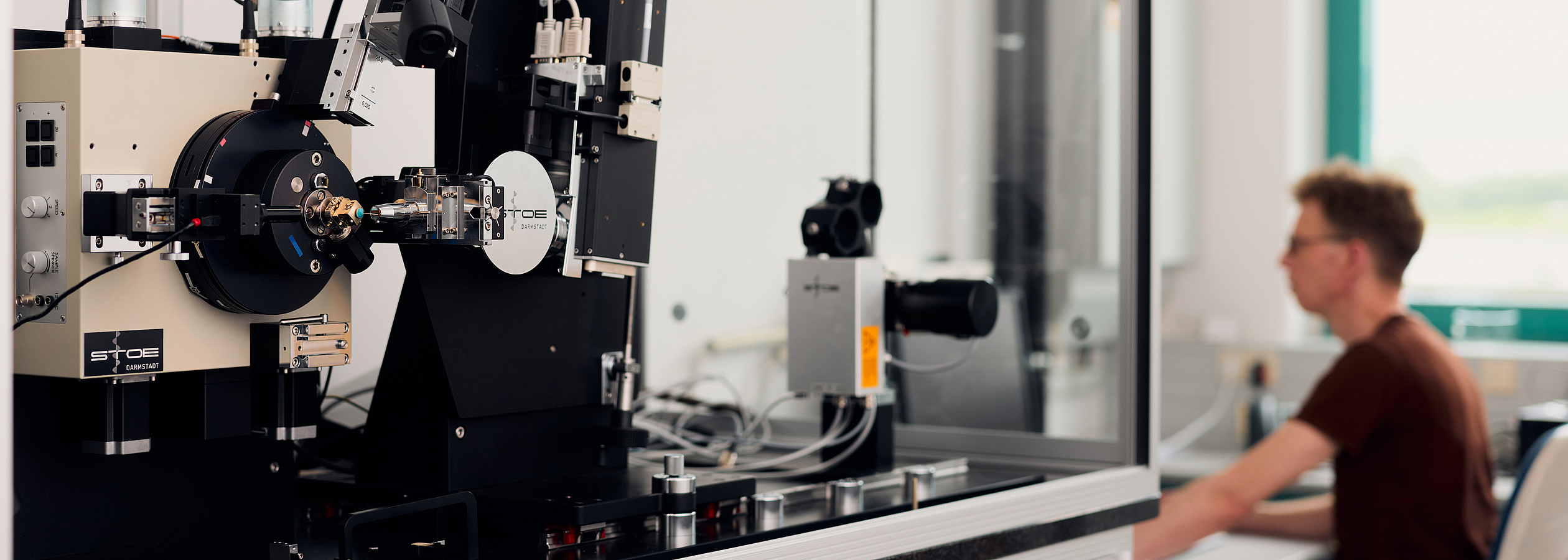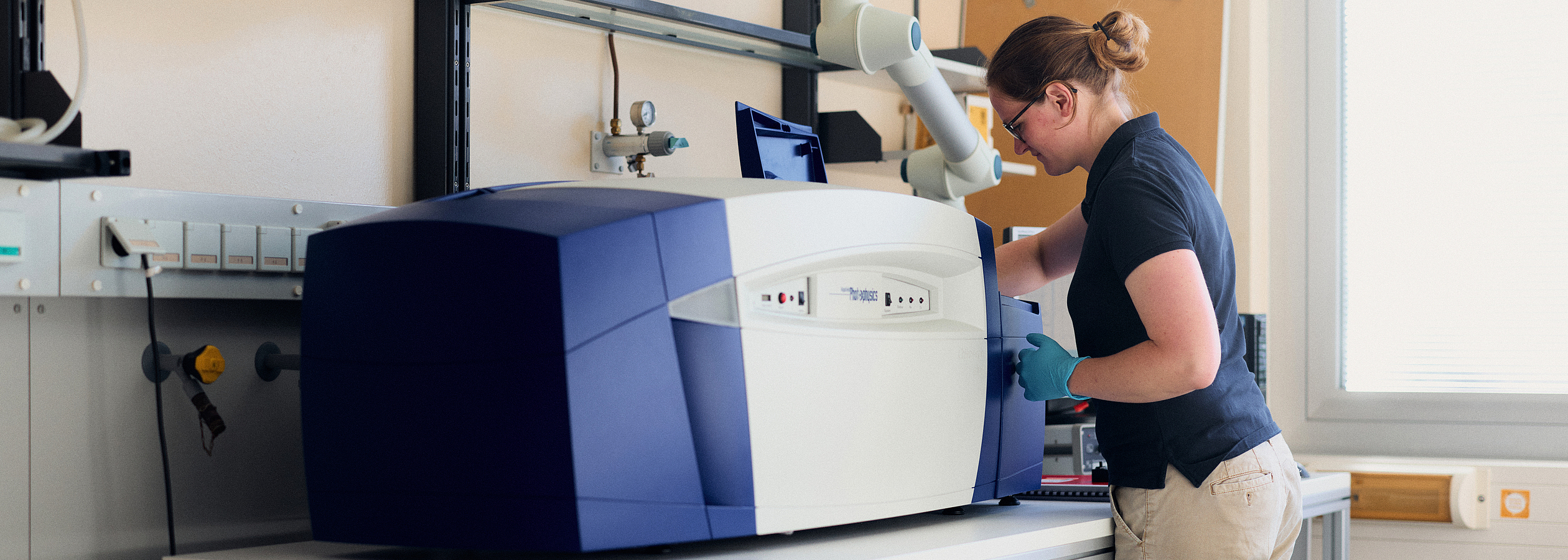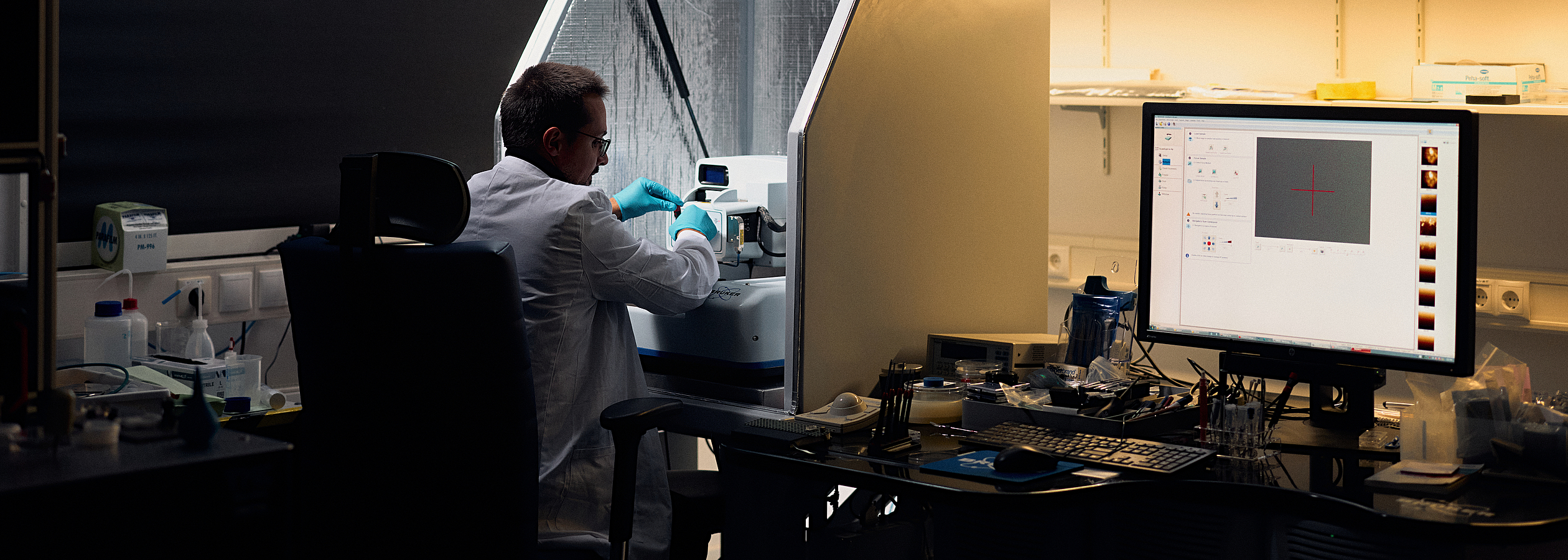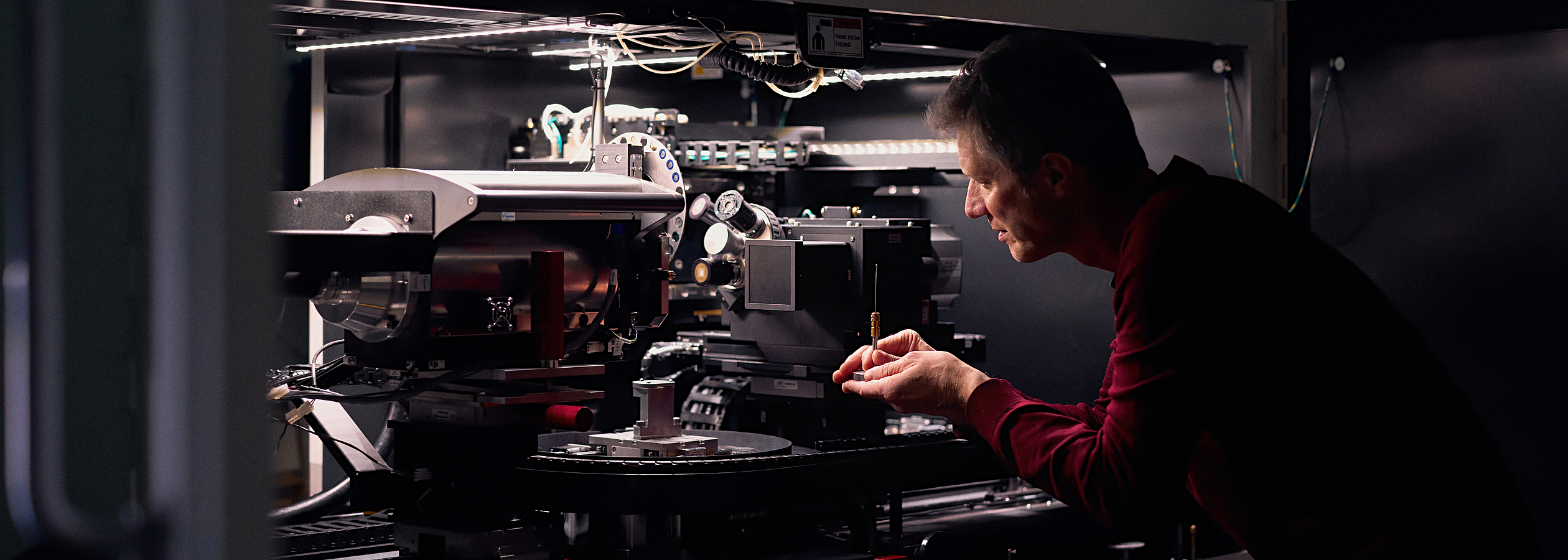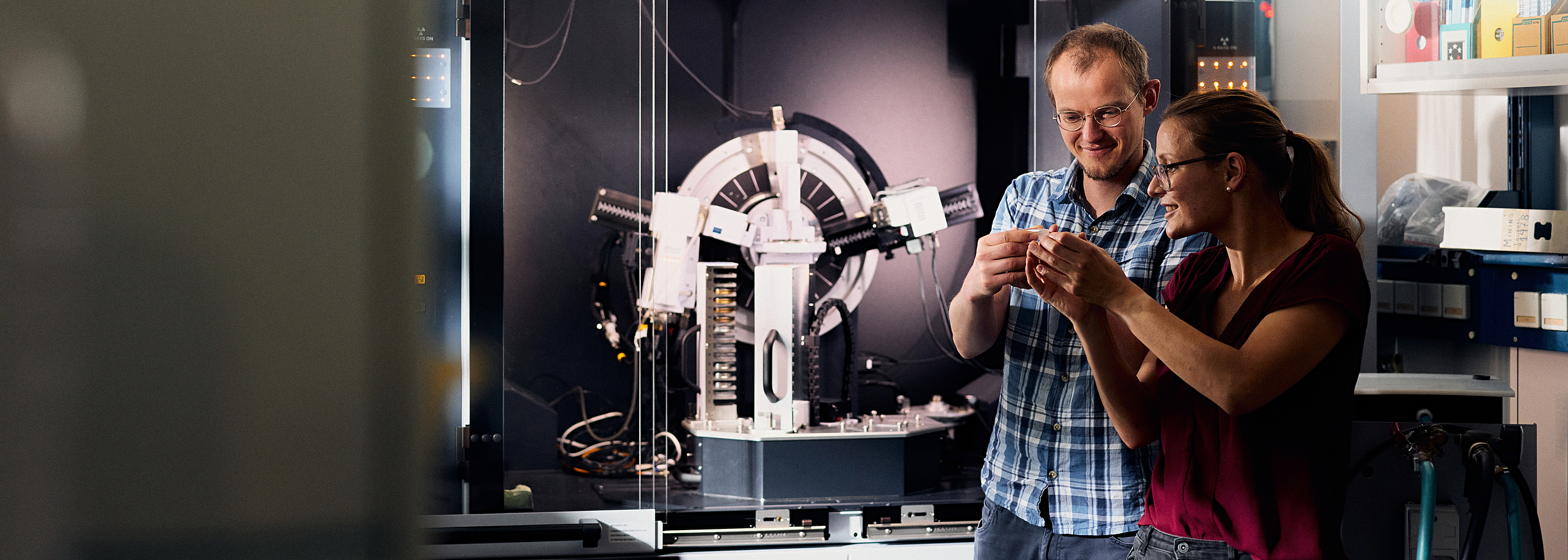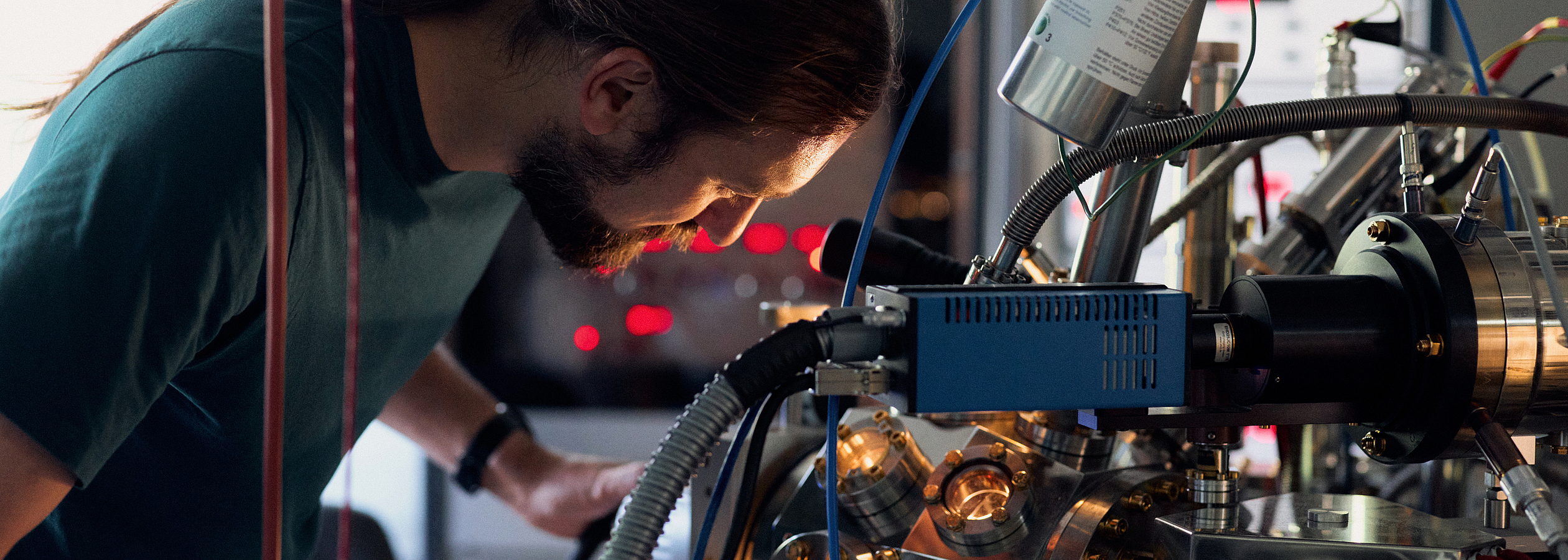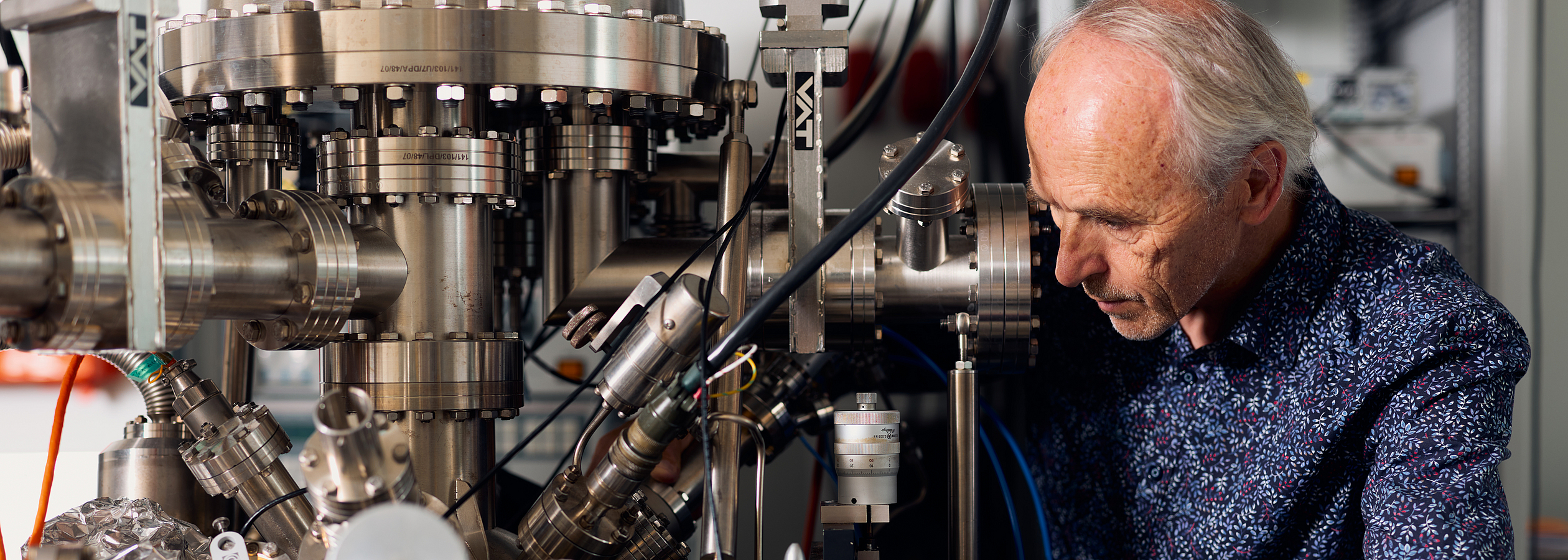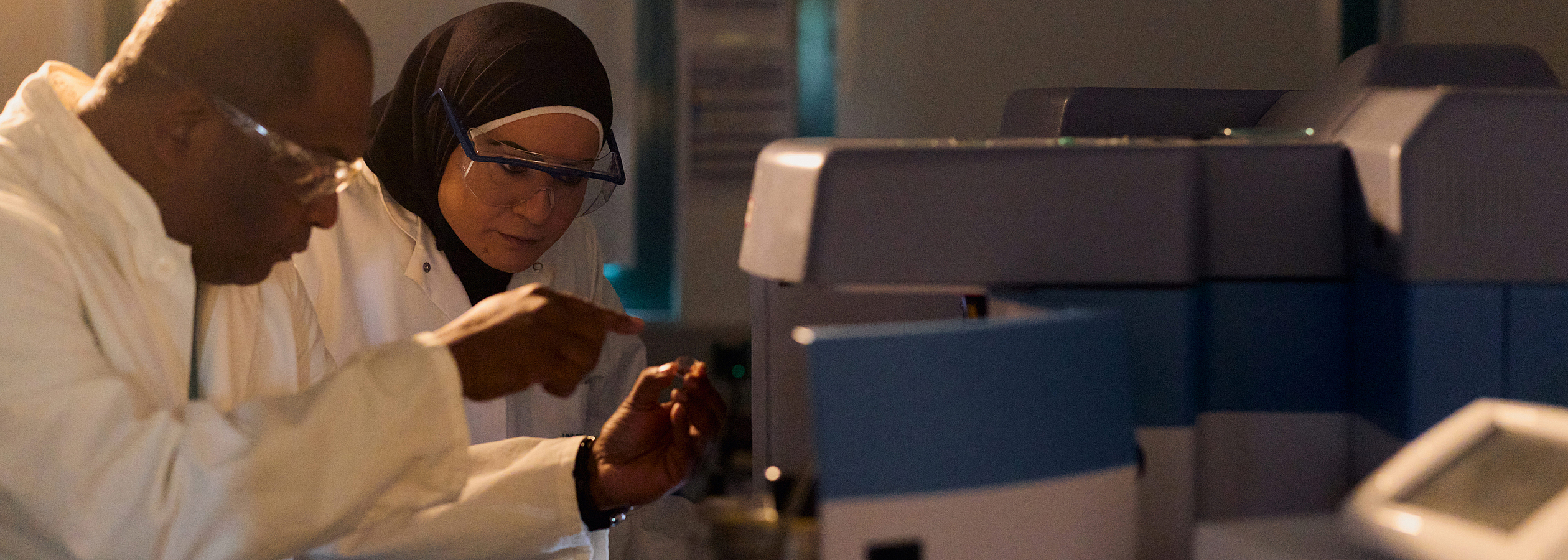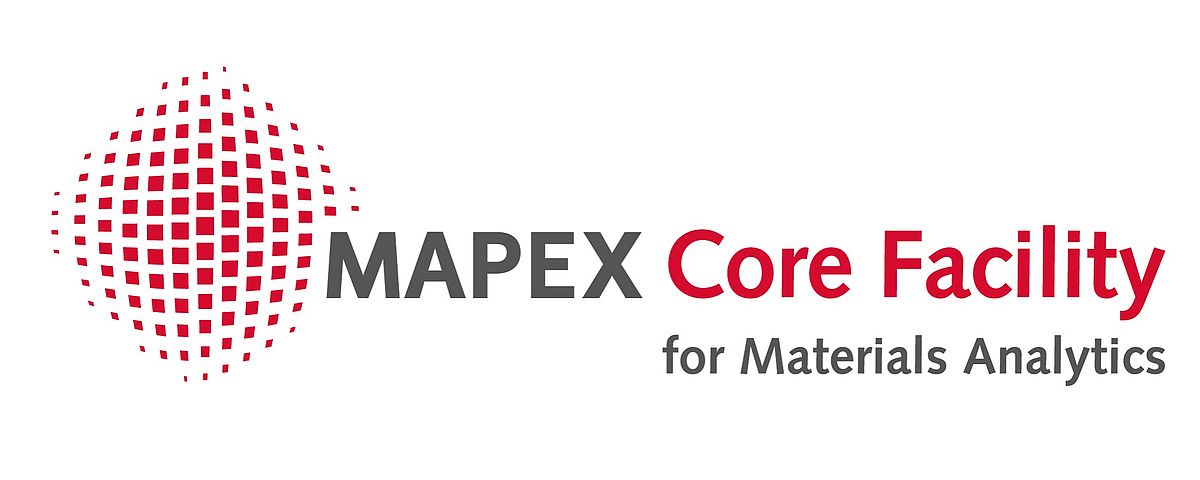
MAPEX Core Facility for Materials Analytics
3D Materials Analytics
We use X-rays to non-destructively inspect the three-dimensional distribution of matter inside the object of investigation.
more
Electron Microscopy
We investigate our samples using high-energy electron beams to obtain images with resolution down to the atom scale.
more
Surface Analytics
We combine microscopic and spectroscopic techniques to monitor processes at materials surfaces.
more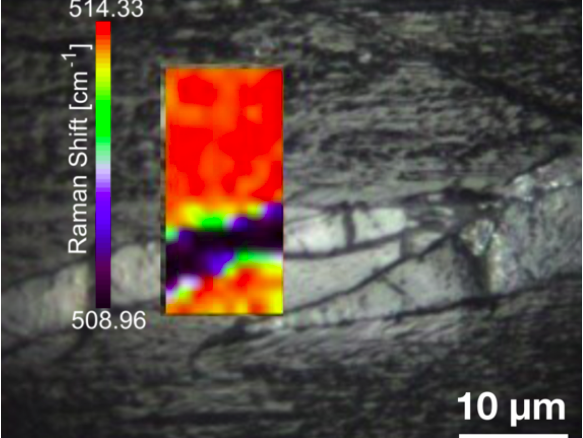
Spectroscopy
We perform in-situ and real-time chemical, electronic and optical characterization of materials under different conditions, e.g. to identify and map different phases.
more
X-ray Diffraction
We support structure investigations of materials from crystalline nanomaterials to macroscopic single crystals at ambient and non-ambient conditions.
more
Materials Modeling
We develop and apply computational methods from quantum mechanics to continuum theories to design and understand new materials and processes.
more
Research Highlights and News


Stabilization of Ce³⁺ cations via U–Ce charge transfer in mixed oxides: consequences on the thermochemical water splitting to hydrogen

Making parts on Mars: Laser processing of iron contaminated by regolith simulant
Instrument manager
Dr. Wilken Seemann
University of Bremen
IW3, Room 2190
Am Biologischen Garten 2
28359 Bremen
Phone: +49 421 218 64954
E-Mail: Instrument Manager
Science manager
Dr. Hanna Lührs
University of Bremen
IW3-Building, Room 2230
Am Biologischen Garten 2
28359 Bremen
Phone: +49 421 218 64580
E-Mail: MAPEX
Scientific coordinator
Prof. Dr.-Ing. Lucio Colombi Ciacchi
University of Bremen
TAB-Building, Room 3.30
Am Fallturm 1
28359 Bremen
Phone: +49 421 218 64570
E-Mail: Scientific coordinator


